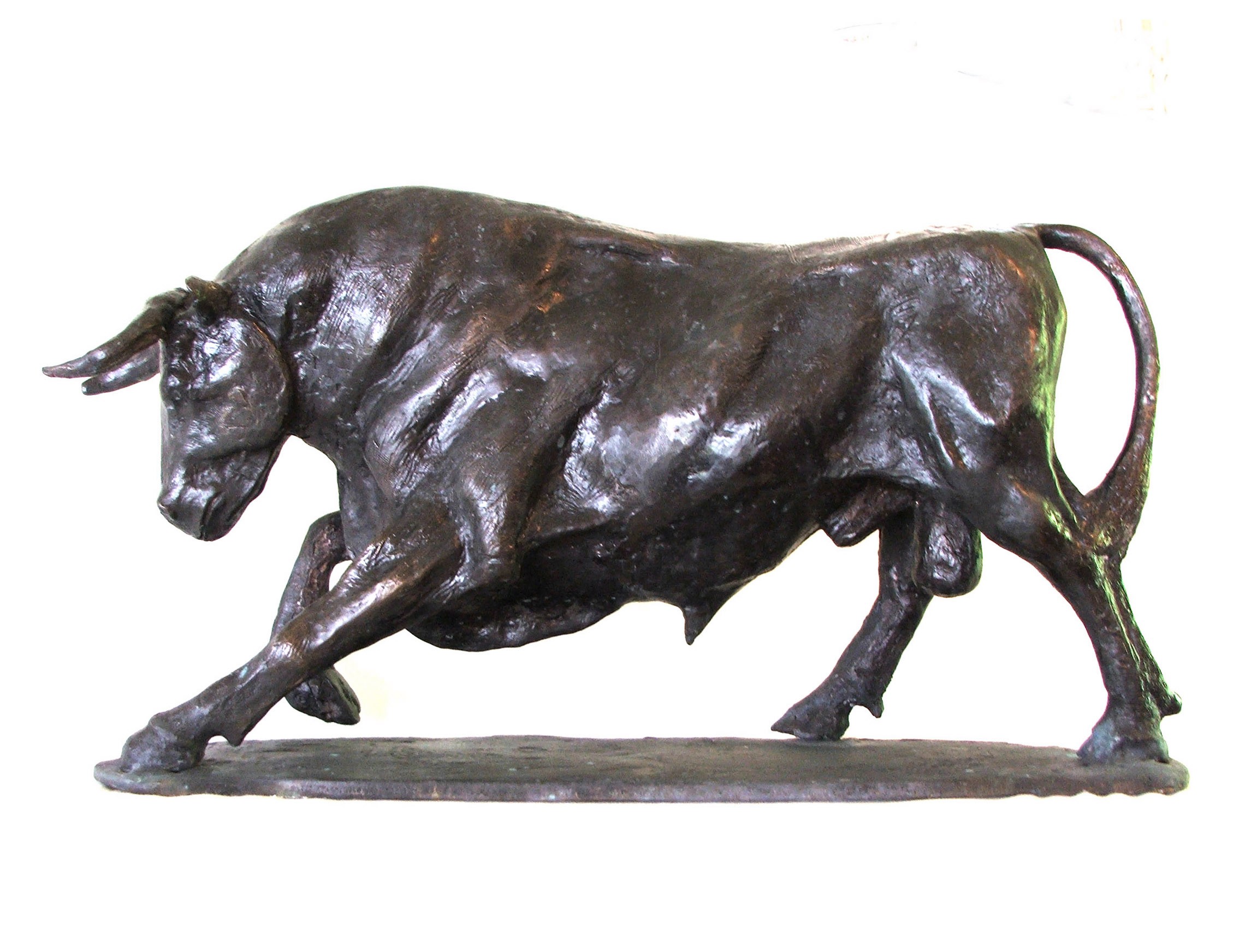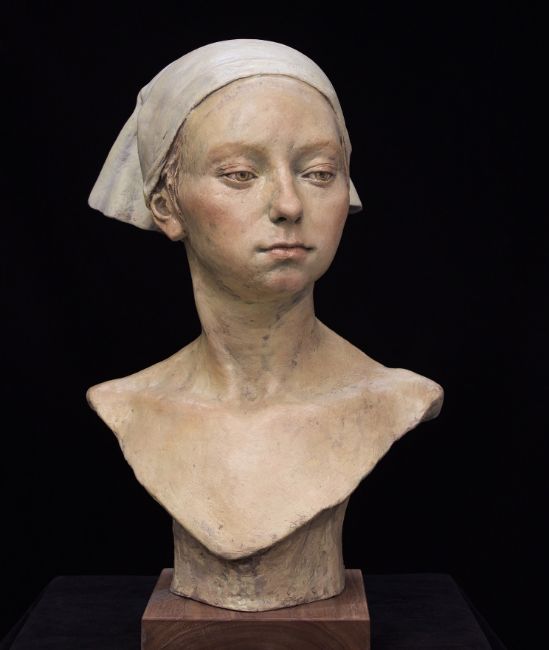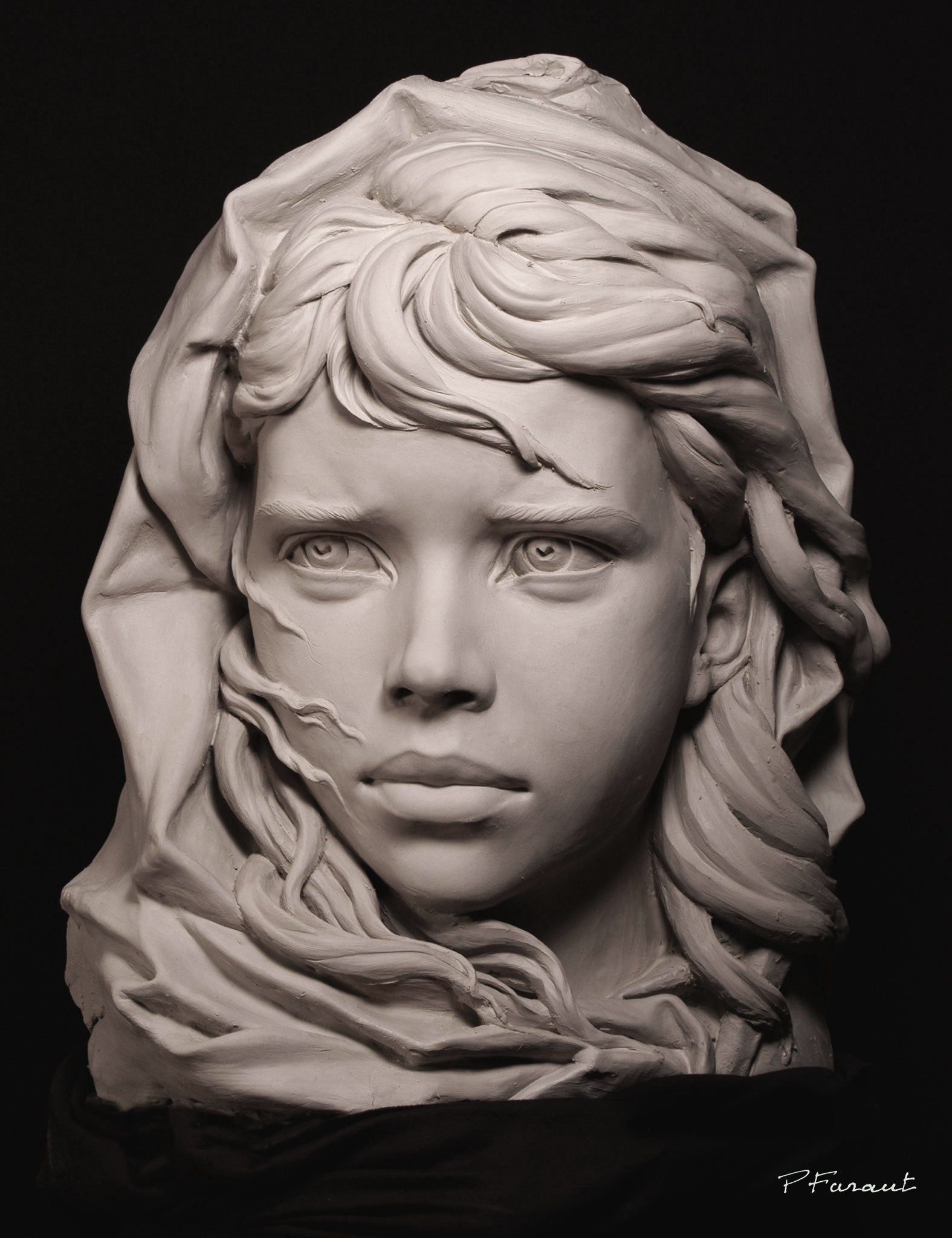The Advancement of Sculptures: From Old to Modern
The Advancement of Sculptures: From Old to Modern. Portrait Sculptor.
Sculpture, among the oldest forms of art, has been an integral component of human world for millennia. From the ancient human beings of Egypt and Greece to the modern-day era, sculptures have advanced, reflecting modifications in imaginative techniques, materials, and social impacts. This journey with time traces the advancement of sculptures, discovering the shifts stylishly, topic, and imaginative expression.
Beginning with the ancient world, sculptures crafted from rock and later on bronze recorded the essence of deities, rulers, and daily life. The Renaissance duration observed a revival of classic sculpting methods, as musicians looked for to mimic the graceful forms of ancient Greek and Roman sculptures (Portrait Sculptor). In the modern period, artists tested standard boundaries, embracing abstraction and testing with new products
This expedition will dive into the diverse development of sculptures, revealing the abundant tapestry of imaginative expression throughout different periods and societies.

Old Sculptures: From Stone to Bronze
Ancient sculptures transitioned from being carved out of stone to being cast in bronze. Stone sculptures, while remarkable in their own right, were limited by the nature of the material. Bronze Sculptures.
The intro of bronze as a tool for sculptures brought around a revolution in artistic expression. Bronze provided carvers the chance to develop lifelike and intricate forms that were not possible with stone. The process of casting bronze enabled the development of several copies of a sculpture, allowing broader circulation and conservation of these creative masterpieces.
The transition from stone to bronze also saw a shift in the subject matter of sculptures. While rock sculptures predominantly depicted gods, sirens, and mythical numbers, bronze sculptures began to show a wider series of subjects, including day-to-day individuals and pets. This growth of subject matter showcased the adaptability and versatility of the bronze medium.
Renaissance Resurgence: Sculpting in the Classical Style
The Renaissance rebirth of sculpture experienced a renewal in the classic style, building upon the improvements made during the transition from rock to bronze in old sculptures. Throughout this duration, artists sought to recreate the classical visual and suitables of charm that prevailed in old Greek and Roman sculptures.
One of the key attributes of the Renaissance rebirth was the focus on naturalism and the human type. Carvers like Donatello and Michelangelo aim to catch the physiological details and expressions of their topics with extraordinary precision. They examined the human body and integrated their observations into their sculptures, leading to realistic and practical representations.
One more important facet of the Renaissance revival was the expedition of perspective and deepness. Artists utilized techniques such as contrapposto, where the weight of the body is moved to one side, producing a feeling of motion and dynamism. They additionally explored with various materials, including marble and bronze, to attain a level of class and intricacy in their sculptures.

Innovation and the Avant-Garde: Breaking Standard Boundaries
During the Innovation and Avant-Garde movements, carvers pressed the boundaries of standard artistic conventions. This duration, which emerged in the late 19th and early 20th centuries, saw a significant shift in the method musicians approached sculpture. Turning down the idea of art as mere imitation, modernist artists looked for to explore brand-new kinds, materials, and concepts.
One of the vital characteristics of modernist sculpture was the emphasis on abstraction. Carvers relocated far from reasonable representations and rather focused on catching the significance of the topic via simplified forms and geometric shapes. This separation from typical depiction permitted musicians to express their emotions and ideas in a more personal and subjective fashion.

Contemporary Sculptures: Checking Out New Products and Concepts
With an emphasis on discovering brand-new products and concepts, contemporary sculptures have transformed the field of art. Artists today are pressing the borders of traditional sculpture by exploring and using ingenious products with abstract principles. These sculptures test standard ideas of materiality, type, and significance, inviting viewers to participate in a thought-provoking and new artistic experience.
Contemporary sculptors are welcoming a vast array of products, including plastic, glass, metal, and even natural matter. They are not limited to the traditional medium of rock or clay, enabling better freedom of speech and testing. This change towards unique products has opened up new opportunities for musicians to develop sculptures that are vibrant, interactive, and visually striking.
Along with discovering brand-new products, modern sculptures likewise look into facility and abstract ideas. Artists are currently checking out themes such as identification, social issues, and the environment, making use of sculpture as a powerful tool for social commentary and self-questioning. These sculptures challenge visitors to believe seriously and engage with art on a much deeper level, sparking discussions and provoking psychological responses.
International Influences: Sculptural Practices From Around the World
Sculptural practices from different areas of the world have actually substantially shaped the development of sculptures throughout background. The worldwide impacts on sculpture have been varied and have actually contributed to the splendor and variety of imaginative expressions. From the ancient people of Egypt, Greece, and Rome to the intricate makings of Asian cultures, each area has actually established its one-of-a-kind sculptural traditions that have actually affected artists throughout time.
In old Egypt, sculptures were created mostly for spiritual and funerary functions. The legendary sculptures of pharaohs and gods, such as the Great Sphinx and the breast of Queen Nefertiti, display the Egyptians' mastery of stone sculpting and their idea in the afterlife.

In old Rome, sculpture offered both creative and political objectives. Roman sculptures commonly shown emperors, generals, and mythological figures, showing the power and majesty of the empire. The marble sculpture of Augustus of Prima Porta and the significant Arc of Constantine are notable examples of Roman sculptural accomplishments.
Oriental sculptural practices, specifically in India, China, and Japan, have also had a profound effect on the development of sculptures. Indian sculptures, such as the delicately sculpted holy places of Khajuraho and the enormous statues of Buddha, exhibit a rich combination of religious, mythical, and building components. Chinese sculptures, identified by their great workmanship and focus to information, frequently portray deities, animals, and famous figures. Japanese sculptures, influenced by Buddhism, emphasize simplicity and serenity, seen in the peaceful statues of Buddha and the stylish art of bonsai.
The global impacts on sculpture continue to advance in the contemporary era. As we look to the future, it is particular that the worldwide impacts on sculpture will proceed to shape and redefine this old art type.
Conclusion
In verdict, the evolution of sculptures has actually seen a shift from old stone and bronze works to the timeless resurgence throughout the Renaissance. Today, contemporary sculptures check out brand-new products and concepts, while likewise attracting inspiration from worldwide sculptural customs.
From the old civilizations of Egypt and Greece to the contemporary age, sculptures have actually evolved, showing adjustments in artistic methods, materials, and social impacts.Beginning with the ancient globe, sculptures crafted from rock and later on bronze recorded the essence of deities, rulers, and day-to-day life.Old sculptures transitioned from being sculpted out of rock Discover More to being cast in bronze. While rock sculptures predominantly illustrated gods, sirens, and mythical numbers, bronze sculptures started to reflect a wider variety of topics, consisting of everyday people and animals.In final thought, the advancement of sculptures has actually seen a change from old rock and bronze functions to the timeless rebirth throughout the Renaissance.